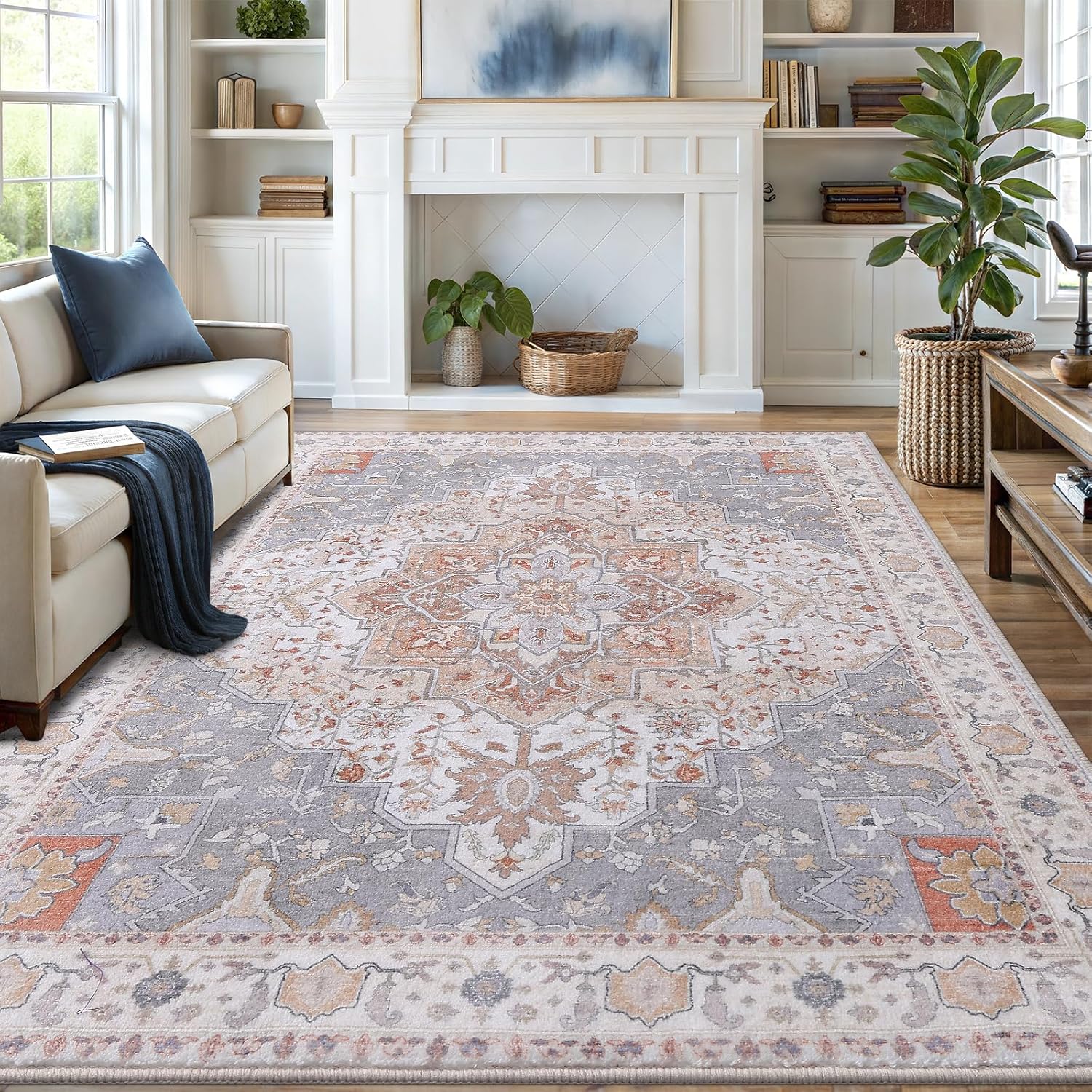Yes, you can use white vinegar for mopping colored surfaces, but always test a small area first to ensure it doesn’t cause discoloration.
White vinegar is a popular natural cleaner, but its acidity raises concerns for colored surfaces. While it’s effective for many cleaning tasks, improper use can damage finishes, fade colors, or alter textures. This guide explains when vinegar works and when to avoid it.

How Vinegar Affects Colored Surfaces
Vinegar’s 5% acetic acid content gives it cleaning power but also makes it potentially damaging. The effect depends on surface type, colorfastness, and protective coatings.
Safe for Most Sealed Colored Floors
Diluted vinegar (1/2 cup per gallon of water) is generally safe for:
- Sealed laminate flooring
- Ceramic tile with colored glaze
- Vinyl plank flooring
- Finished hardwood (test first)
For polished concrete floors, vinegar can dull the shine over time. Use pH-neutral cleaners instead.
Risky for Unsealed or Porous Surfaces
Avoid vinegar on:
- Unsealed grout (can erode and fade colors)
- Natural stone like marble or travertine
- Waxed wood floors
- Some no-wax vinyl floors

Proper Vinegar Dilution Ratios
| Surface Type | Vinegar Ratio | Water Ratio |
|---|---|---|
| Colored tile floors | 1/2 cup | 1 gallon |
| Vinyl flooring | 1/4 cup | 1 gallon |
| Laminate | 1/4 cup | 1 gallon |
Always Test First
Before mopping any colored surface:
- Mix your vinegar solution
- Apply to inconspicuous area
- Wait 5 minutes
- Check for color transfer or texture changes
For tile floors with colored grout, test both the tile and grout separately.
Better Alternatives for Delicate Surfaces
When vinegar isn’t appropriate:
For Natural Stone
Use pH-neutral stone cleaners or mild dish soap. According to The Spruce, vinegar can etch stone surfaces over time.
For Wood Floors
Opt for cleaners specifically formulated for wood. As noted by Married and a House, vinegar can dull some wood finishes.
For No-Wax Floors
Use warm water with a drop of mild detergent. Vinegar can degrade the protective coating.
Special Considerations
Pet-Friendly Homes
Avoid vinegar for pet accident cleanup. The scent may encourage remarking. Instead, use enzymatic cleaners.
High-Traffic Areas
For heavily used colored floors, vinegar may not provide enough cleaning power. Consider pH-balanced commercial cleaners.
Older Surfaces
Vintage or worn surfaces often have compromised finishes. Err on the side of gentler cleaners.

Vanmoos 6×9 Machine-Washable Area Rug — Artistic Flair / Beige
Low-pile, non-slip rug that minimizes pet hair collection and makes quick cleanup part of your routine.
Affiliate link — may earn a commission at no extra cost to you.
Application Tips
- Use a microfiber mop for even application
- Never let vinegar solution pool on surfaces
- Dry immediately after mopping
- Limit vinegar use to 1-2 times monthly
- Alternate with plain water mopping
